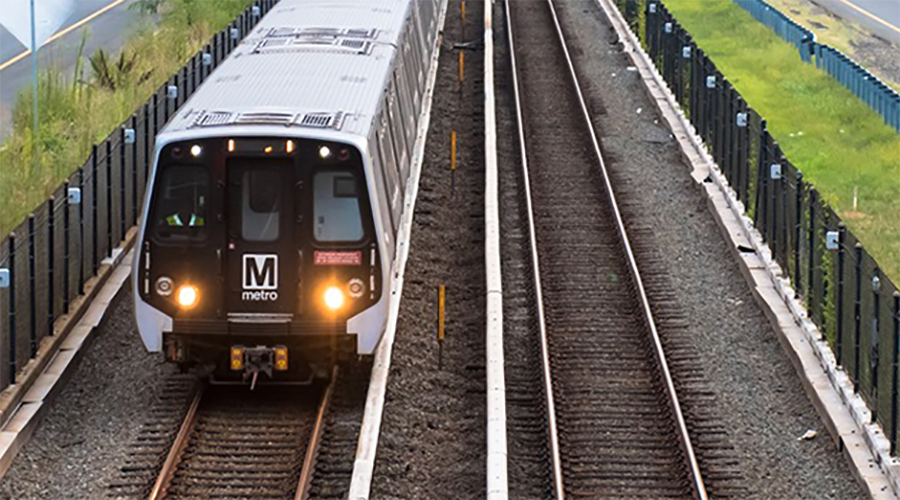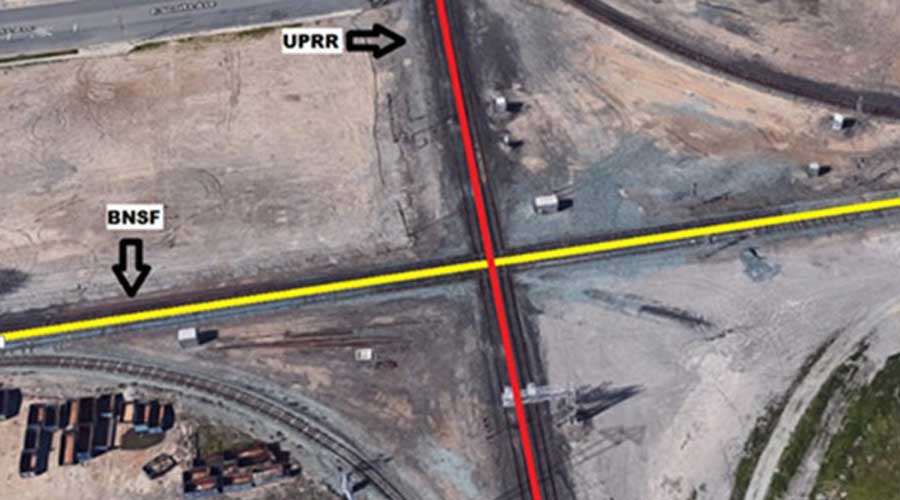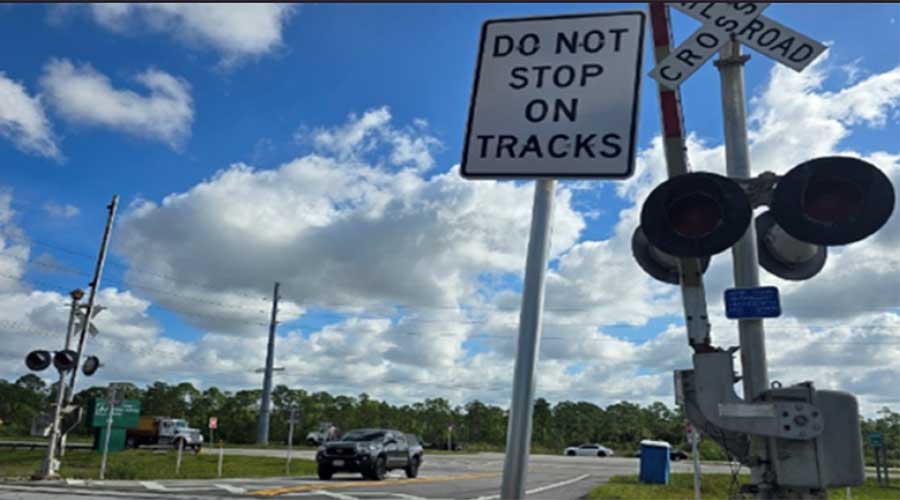Newsletter Sign Up
Stay updated on news, articles and information for the rail industry
Stay updated on news, articles and information for the rail industry
RAIL EMPLOYMENT & NOTICES
Rail News Home
Rail Industry Trends
Rail News: Rail Industry Trends
The American Short Line and Regional Railroad Association (ASLRRA) has made progress in lobbying Congress to extend short-line tax credits another three years and ease some restrictions in the current tax code.
Last month, Sens. Lincoln Blanche (D-Ark.) and Gordon Smith (R-Ore.) introduced the Short Line Railroad Investment Act of 2007 (S. 881), which would extend the tax credit’s sunset date from Dec. 31, 2007, to Dec. 31, 2010; minimize the Alternative Minimum Tax’s impact on credits; provide eligibility for new short lines created after Jan. 1, 2005, but before Jan. 1, 2007; and increase the mileage-based credit limitation from $3,500 to $4,500. The bill was referred to the Senate Finance Committee.
In addition, Reps. Earl Pomeroy (D-N.D.), Dave Camp (R- Mich.) and Jerry Moran (R-Kan.) introduced a companion bill (H.R. 1584) in the House that’s been referred to the House Committee on Ways and Means.
Enacted in 2005, the Railroad Track Maintenance Credit (Section 45G of the U.S. tax code) enables regionals and short lines or other eligible taxpayers to earn 50 cents in tax credits for every dollar spent on qualified infrastructure improvements. The credit cap is determined by multiplying track miles owned or leased by $3,500.
“Section 45G … is an important experiment in infrastructure policy that has proven successful,” ASLRRA officials said in an online legislation summary. “By creating economic incentives for railroads to increase investment in track rehabilitation, and by fostering cooperation between railroads and their customers, suppliers and contractors, Section 45G has helped create hundreds of millions of dollars of improvements to American’s vulnerable light-density freight network.”
4/12/2007
Rail News: Rail Industry Trends
Congressional bills propose to extend, enhance short-line tax credits
advertisement
The American Short Line and Regional Railroad Association (ASLRRA) has made progress in lobbying Congress to extend short-line tax credits another three years and ease some restrictions in the current tax code.
Last month, Sens. Lincoln Blanche (D-Ark.) and Gordon Smith (R-Ore.) introduced the Short Line Railroad Investment Act of 2007 (S. 881), which would extend the tax credit’s sunset date from Dec. 31, 2007, to Dec. 31, 2010; minimize the Alternative Minimum Tax’s impact on credits; provide eligibility for new short lines created after Jan. 1, 2005, but before Jan. 1, 2007; and increase the mileage-based credit limitation from $3,500 to $4,500. The bill was referred to the Senate Finance Committee.
In addition, Reps. Earl Pomeroy (D-N.D.), Dave Camp (R- Mich.) and Jerry Moran (R-Kan.) introduced a companion bill (H.R. 1584) in the House that’s been referred to the House Committee on Ways and Means.
Enacted in 2005, the Railroad Track Maintenance Credit (Section 45G of the U.S. tax code) enables regionals and short lines or other eligible taxpayers to earn 50 cents in tax credits for every dollar spent on qualified infrastructure improvements. The credit cap is determined by multiplying track miles owned or leased by $3,500.
“Section 45G … is an important experiment in infrastructure policy that has proven successful,” ASLRRA officials said in an online legislation summary. “By creating economic incentives for railroads to increase investment in track rehabilitation, and by fostering cooperation between railroads and their customers, suppliers and contractors, Section 45G has helped create hundreds of millions of dollars of improvements to American’s vulnerable light-density freight network.”


 2025 MOW Spending Report: Passenger-rail programs
2025 MOW Spending Report: Passenger-rail programs
 Gardner steps down as Amtrak CEO
Gardner steps down as Amtrak CEO
 Guest comment: Oliver Wyman’s David Hunt
Guest comment: Oliver Wyman’s David Hunt
 Women of Influence in Rail eBook
Women of Influence in Rail eBook
 railPrime
railPrime







